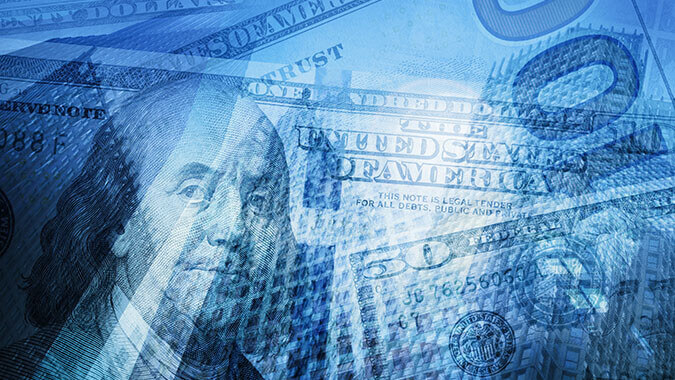
Part 2 -- U.S. 2020 Economic Conditions, the Pandemic, and Where We Are at the Beginning of June 2020
- Published
- Jun 5, 2020
- Topics
- Share
This is the second in a series of posts focusing on year-to-date economic conditions in light of the impact of the COVID-19 pandemic and continuing government economic recovery legislation. See the first post, or the third , fourth, and t stay tuned… there’s more to come.
C. March 2020 and the Continuing COVID-19 Impact on the U.S. Economy into April 2020
Globally, the CDC announced on March 11 that approximately 170,000 confirmed cases of COVID-19 had been reported, including an estimated 7,000 deaths in approximately 150 countries; also on March 11 the World Health Organization declared the COVID-19 outbreak a pandemic. As of March 16, a total of 4,226 COVID-19 cases in the U.S. had been reported to the CDC.
On March 23, 2020 the Brookings Institute published “COVID-19 and the U.S. Economy” accompanied by Frequently Asked Questions on the economic impact on the U.S. and a policy response. Brookings cited unemployment insurance claims reported for the week ending March 14 showed a sizable spike, yet the true contraction likely started the following week (the week ending March 21).
Based on the Brookings report, it appeared that millions of Americans had already lost their jobs, likely at a pace that exceeded job losses in the worst weeks of the Great Recession. Even if economic activity in the U.S. was not being shut down in support of social distancing, the then current spread of the COVID-19 pandemic around the world reduced demand in the global economy, and was cited in complicating supply chains, causing a resultant drop in equity prices which lowered household wealth to an extent that caused a sizable slowdown in the U.S. economy. When those factors were added to the economic disruption needed to fight the virus, the U.S. experienced one of the sharpest economic contractions in its history. At the time, the contraction threatened to continue through the second quarter of 2020. The open question then, as now, will be how quickly restrictions on activity are lifted such that, and how quickly, the U.S. economy can snap back; both will depend in part on continued U.S. policy responses. The Brookings publication also cited that regarding a fiscal policy to help the U.S. economy, a primary goal for fiscal policy at present should be to cushion the downward economic shock as much as possible and set the conditions for the economy to bounce back after the restrictions on economic activity are removed. Over time, fiscal policy can be used to try to help further restart the economy.
At March 31, 2020, the S&P 500 Index closed at 2,627; a 20% decline for the quarter, and the NASDAQ closed at 7,774; a 13.4% decline for the quarter. The DJIA closed at 22,327; a 5% decline for the quarter. The yield on ten-year Treasury bonds was 0.7% compared to 1.88% at January 2. Three-month Treasuries were yielding 0.11% compared to 1.54% on January 2. The average 30-year conventional residential mortgage rates were 3.33% while the U.S. unemployment rate increased was 4.4% in March 2020, compared to 3.6% in January 2020.
What's on Your Mind?
Start a conversation with Timothy
Receive the latest business insights, analysis, and perspectives from EisnerAmper professionals.












